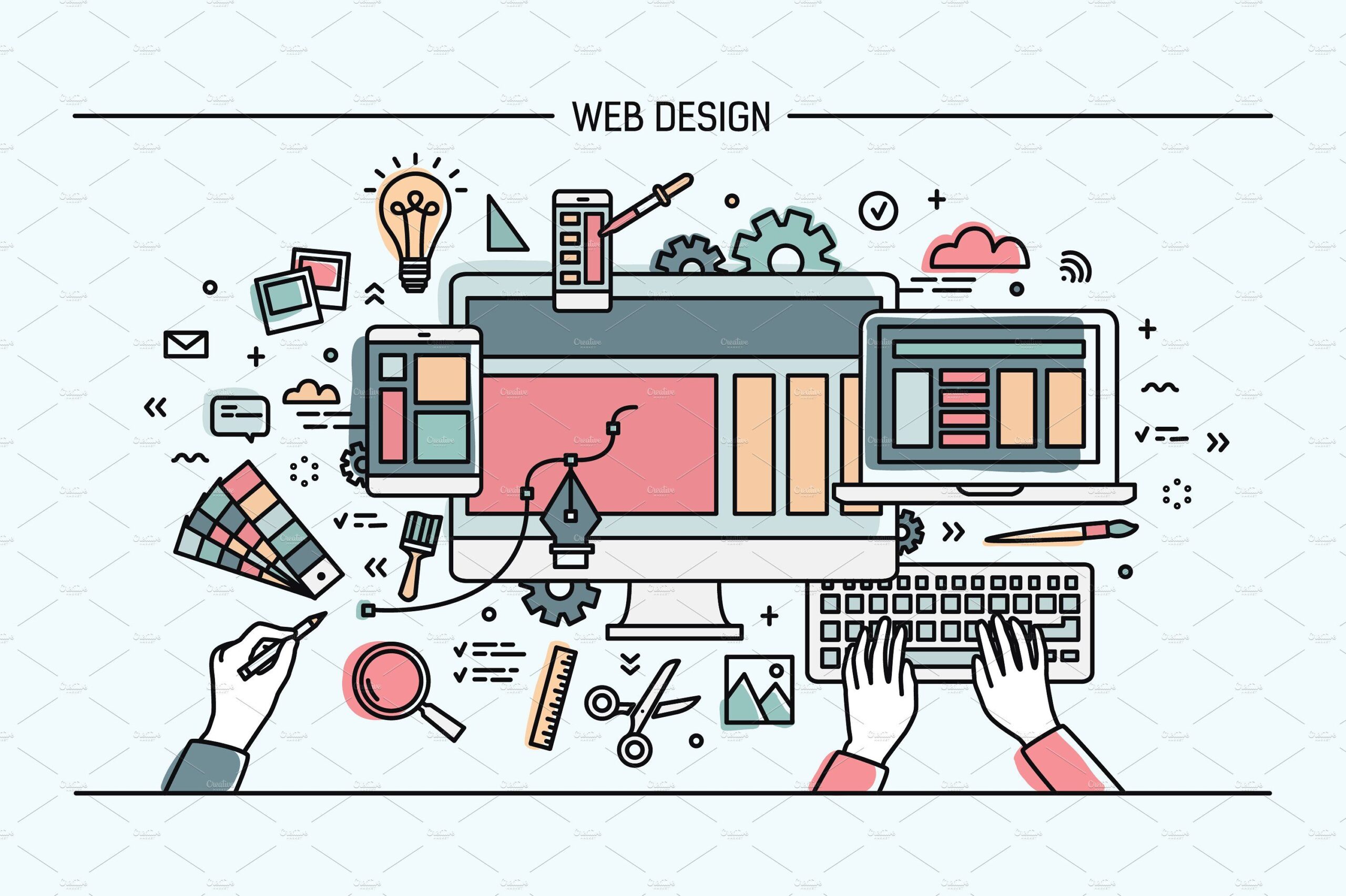Why Good Web Design Builds Trust Online
In the digital age, your website often serves as the first point of contact between your business and potential customers. Visitors judge credibility within seconds, and a poorly designed site can drive them away before they even explore your products or services. Good web design does more than look appealing—it communicates professionalism, reliability, and trustworthiness. It reassures users that your brand is legitimate and capable of delivering quality.
The Role of First Impressions
Humans are visual creatures. When users land on your website, they form an immediate opinion based on design, layout, and overall appearance.
-
Professional Appearance: Clean layouts, consistent branding, and high-quality images signal competence.
-
Clarity and Structure: Easy navigation and clear menus make information accessible, reducing frustration.
-
Modern Design Trends: Staying updated with design trends shows your brand is current and engaged.
A positive first impression is the foundation of trust. If your website appears outdated or cluttered, visitors may doubt your credibility—even if your products or services are excellent.

How Design Elements Influence Trust
Certain design elements directly affect how users perceive your brand. Paying attention to these can enhance credibility and encourage engagement.
1. Consistent Branding
Consistency in colors, fonts, and messaging creates a professional image. It reassures users that they are interacting with a single, reliable brand, not a random or amateur site.
2. Easy-to-Use Navigation
Intuitive navigation helps visitors find what they need quickly. Confusing menus or broken links can frustrate users and reduce trust. Clear menus, search bars, and organized content make your site feel reliable and user-friendly.
3. Mobile Responsiveness
With most users accessing websites via smartphones, mobile optimization is critical. A responsive design ensures that your site looks and functions correctly on all devices, demonstrating attention to detail and commitment to user experience.
4. Fast Load Times
Slow websites frustrate visitors and create doubts about your professionalism. Optimized images, efficient coding, and reliable hosting improve speed, showing users that your site is well-maintained and trustworthy.
5. High-Quality Visuals
Blurry images, inconsistent graphics, or stock photos used excessively can make a site feel generic or untrustworthy. High-quality visuals communicate quality and attention to detail, reinforcing credibility.
6. Clear Calls-to-Action (CTAs)
CTAs guide visitors toward actions such as signing up, purchasing, or contacting you. Transparent, well-placed CTAs demonstrate that your website is user-focused and professional, making users more comfortable engaging with your brand.
Security Features Build Confidence
Beyond aesthetics, technical aspects of web design influence trust. Security is a major concern for online users.
-
SSL Certificates: HTTPS ensures secure connections, reassuring users about data safety.
-
Secure Payment Options: Clearly displayed, reliable payment methods build confidence for e-commerce transactions.
-
Privacy Policies: Transparent policies on data usage and protection signal respect for users’ privacy.
Users are more likely to trust a website that visibly prioritizes security and ethical data handling.
Social Proof Enhances Trust
Incorporating social proof into your web design reinforces credibility:
-
Customer Testimonials: Positive feedback provides real-world validation.
-
Case Studies: Showcasing success stories demonstrates reliability.
-
Ratings and Reviews: Displaying user ratings builds confidence in your offerings.
Well-designed placement of these elements can subtly guide users to trust your brand.
The Impact on Conversions
Trust leads directly to conversions. A user who feels confident about your brand is more likely to purchase, subscribe, or engage. Good web design minimizes friction, enhances credibility, and increases the likelihood of taking action.
Visitors who trust your website are also more likely to return and recommend your brand, creating long-term loyalty.
Final Thoughts
Good web design is more than aesthetics; it’s a strategic tool for building trust online. A professional, clear, and responsive website signals reliability, demonstrates attention to detail, and reassures users that your brand is credible.
By focusing on consistency, usability, security, and social proof, your website can create positive impressions that last. Every element—from visuals to navigation—contributes to user confidence, engagement, and ultimately, conversions.
Investing in high-quality web design is investing in your brand’s reputation. A trustworthy website not only attracts visitors but also turns them into loyal customers, setting your business apart in a competitive online landscape.



